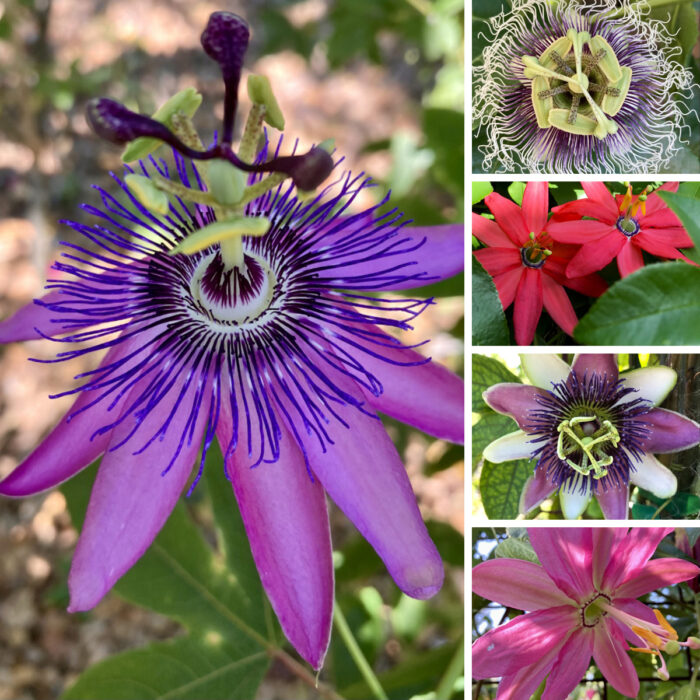
There is much to love about passion flowers (Passiflora spp. and cvs., Zones 6–11). There are over 550 different species in the genus; some are shrubs and trees, but the ones that are most familiar to gardeners are the tropical-looking, tendril-bearing, climbing, flowering vines. These are the passion flower varieties that fall into my category of favorites. Some of these beauties even produce deliciously complex-flavored, fragrant, sweet-tart fruit.
The vine of passion flowers itself is quite lovely, with lush, glossy green foliage clothing the long stems, and beautiful spiraling tendrils for clinging. But it is the extraordinary flowers that make this vigorous perennial truly stand out. The blooms of any passion flower are quite wondrous, with such a unique form and physical structure that 17th century Christian missionaries visiting Mexico and Central America were inspired to adopt this extraordinary flower as a symbol of the last days of Jesus with the Latin word passio, which means “suffering.” That aside, the flowers are stunning, and they come in an array of hues and forms, each one positively mesmerizing!
Pollinators love them too; bees, butterflies, wasps, bats, and hummingbirds all visit, making a passion flower a fabulous addition to any habitat garden. The vines are also host to the larvae of several butterfly species, most specifically the gulf fritillary in my zone (9b). The caterpillars feed on the leaves, occasionally coming close to decimating the plant, but it invariably bounces back beautifully once the caterpillars pupate and become butterflies.
Many varieties of passion flower are available for the home garden, with blooms in shades of blue, purple, pink, red, coral, white, and even yellow. I’m currently on the hunt for yellow-flowering passion flower (P. lutea). Below are my current favorites, all of which are fast growing, vigorous, evergreen in my region, and as large as 30 feet tall or wide.
‘Lavender Lady’ passion flower
(P. × alato ‘Lavender Lady’)
This plant bears relatively simple, dusky lavender flowers up to 4 inches wide with deep purple filaments in the center.
Blue passion flower
(P. caerulea)
A unique offering, this vine has stunningly ornate blooms, with ruffled outer petals and sepals surrounding a complex center ring of blue, white, and purple.
‘Coral Glow’ passion flower
(P. ‘Coral Glow’)
The 5-inch-wide blooms of this variety are relatively simple yet absolutely gorgeous. Hot pink–coral pointed petals radiate out from a small purple ring that surrounds the central filaments.
‘Ava’ passion flower
(P. manicata ‘Ava’)
This might be my absolute favorite! Highly ornamental bright pink blooms smother the ultra-vigorous vine. These flowers give way to soft, green-gold, egg-shaped fruit. It tastes like a meld of melon, citrus, and pineapple. Warning: Possums adore the fruit of ‘Ava’ passion flower almost as much as I do.
‘Frederick’ passion flower
(P. edulis ‘Frederick’)
Another fruit producer, the fabulous ‘Frederick’ is beyond astonishing, with its extraordinarily intricate cream-and-blue blooms filled with frilly filaments. These are followed by round, purple-skinned oblong fruit.
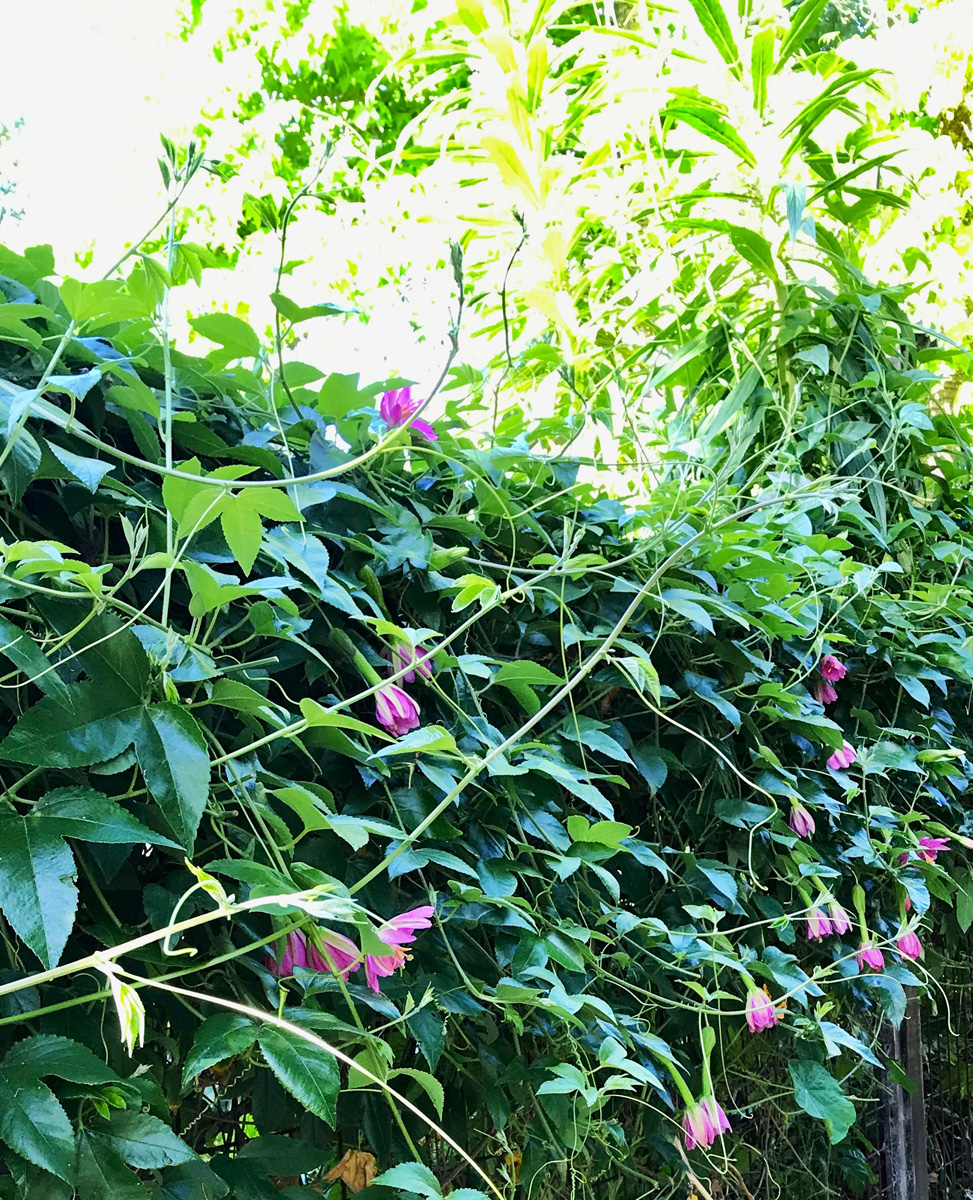
Passion flowers grow quickly and can reach towering heights. A good support system is essential for helping them reach their potential. Here, the variety ‘Ava’ quickly covered a chain-link fence to provide much needed screening.
How to Grow Passionflowers
Though they may be exotic to look at, passion flowers are easy to grow and will rapidly climb, twine, and clamber up pergolas, trellises, arbors, or fences. Because of this fast growth, they provide quick screening wherever it is needed as long as their relatively minimal needs are met. Here are a few tips to keep passion flowers happy.
- Provide adequate support. Passion flower vines need to climb, and they will happily use their tendrils to twine upwards of 30 feet or more if they can.
- A full sun location is ideal. These are largely sun-loving perennials, but some shade is tolerated too.
- Plant them in well-drained, slightly alkaline soil. It is a good idea to avoid fertilizing or adding too much compost at planting time, as this may result in lots of lush greenery but fewer blooms.
- Regular moisture is important at first. Although most varieties are relatively drought tolerant once established, you should water regularly to get your passion flower off to a great start.
- They need occasional protection. Most passion flowers are evergreen and winter hardy and can tolerate mild frosts, but if a particularly long cold snap is expected, you should protect your precious vine with frost cloth and mulch the roots heavily.
- Only prune occasionally. Just light trimming is needed to tidy up or to keep your passion flower within bounds.
And to discuss these plants or ask other gardening questions, chat with the author on the Gardening Answers forum.
Want more info of cool flowering vines? Go here.
To read more on Pacific Northwest gardening, go here.
—Fionuala Campion is the owner and manager of Cottage Gardens of Petaluma in Petaluma, California.
Photos: Fionuala Campion
Fine Gardening Recommended Products

A.M. Leonard Deluxe Soil Knife & Leather Sheath Combo
Fine Gardening receives a commission for items purchased through links on this site, including Amazon Associates and other affiliate advertising programs.


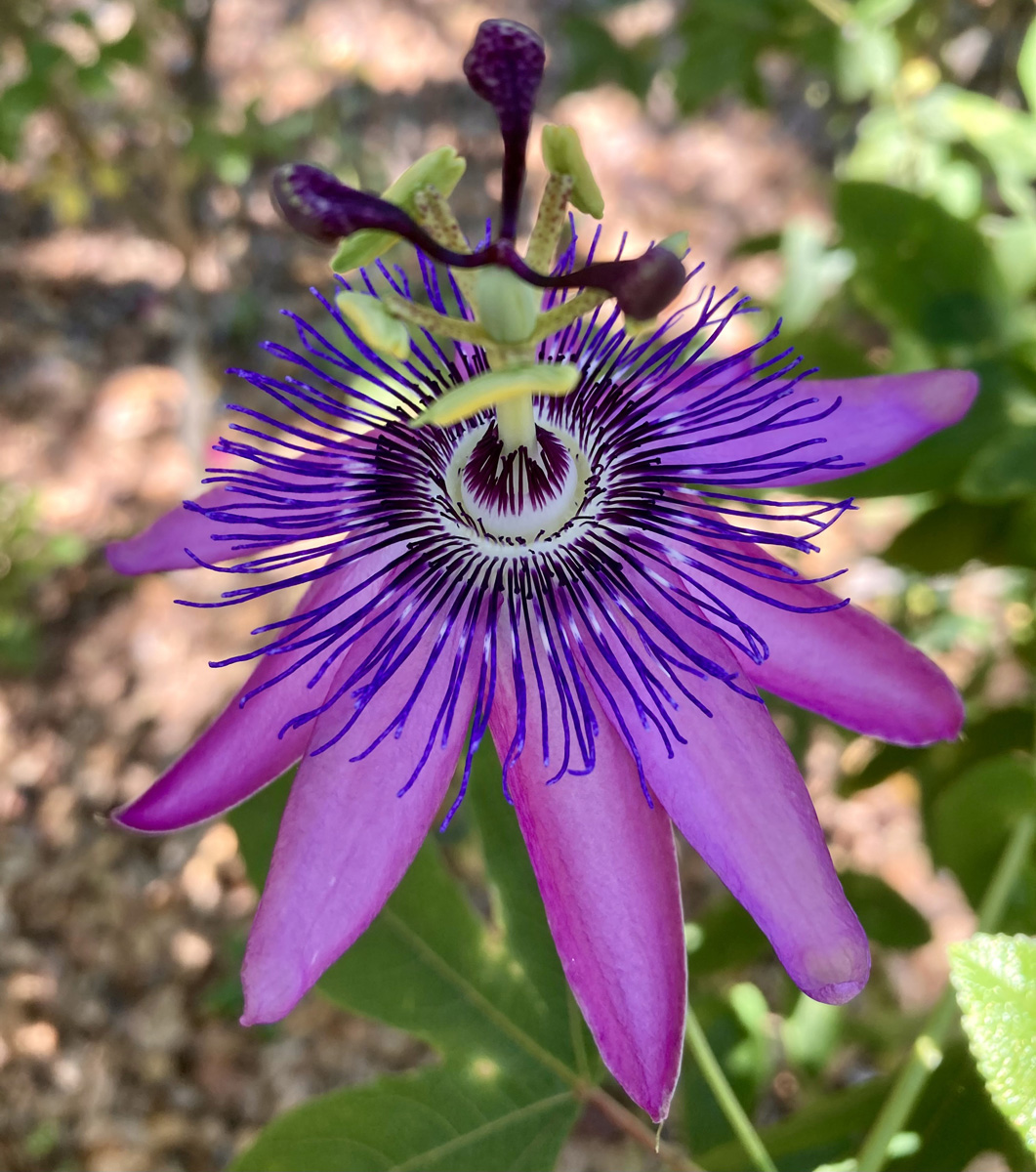
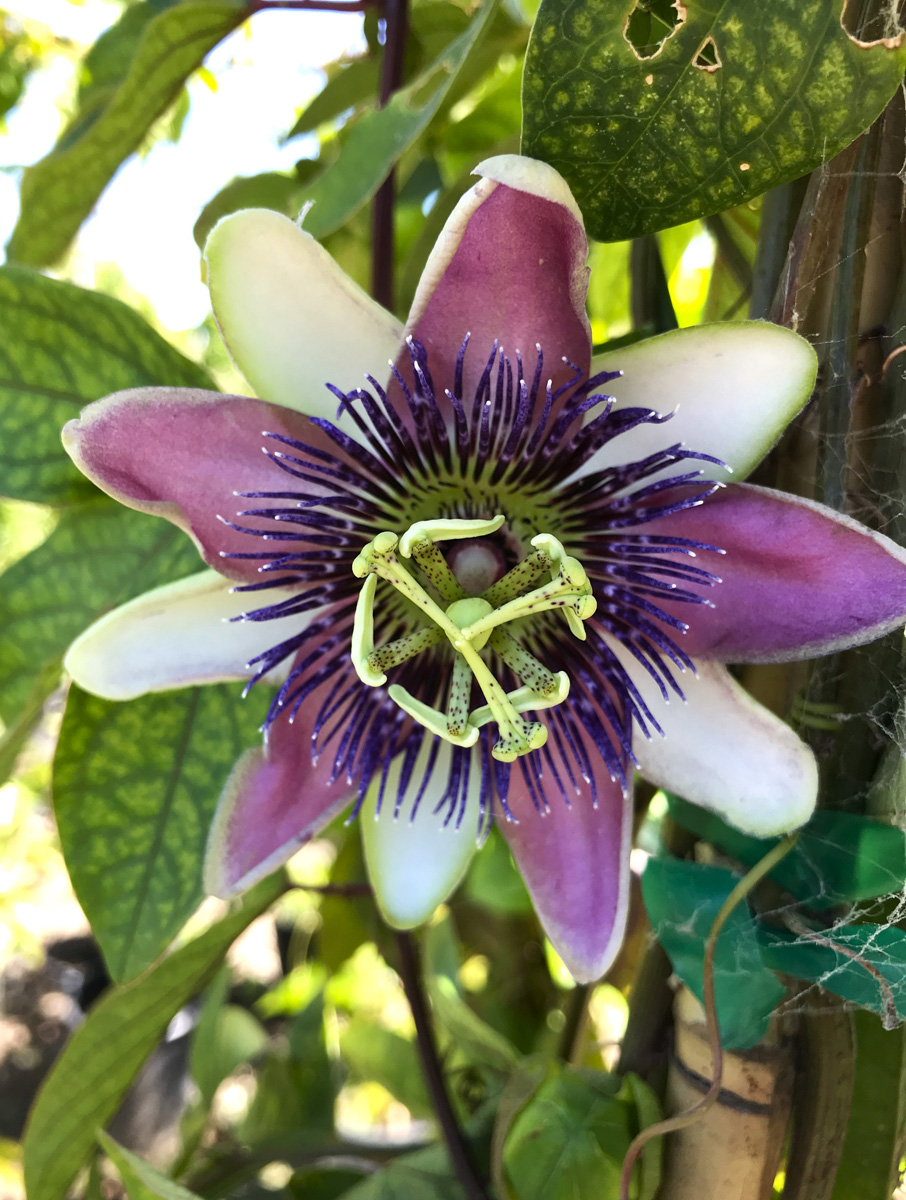

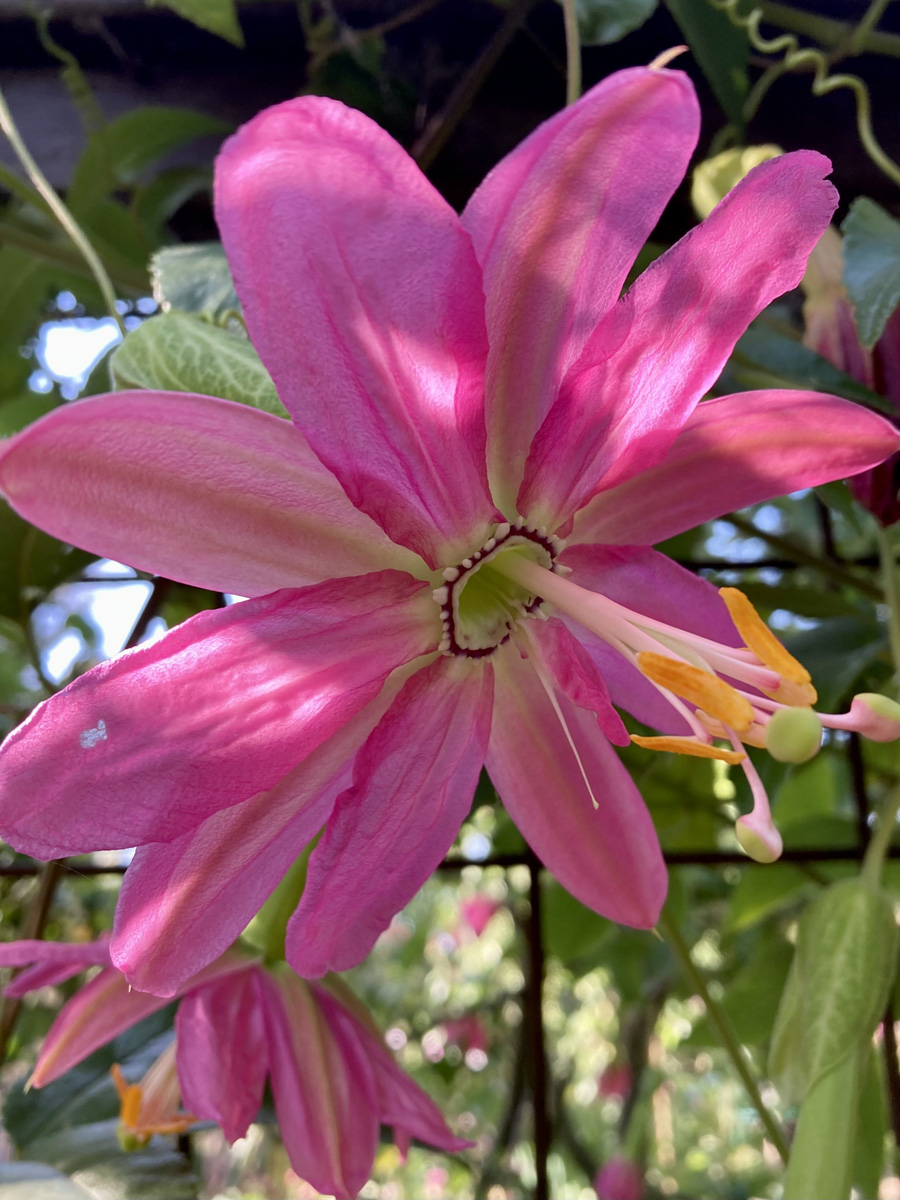
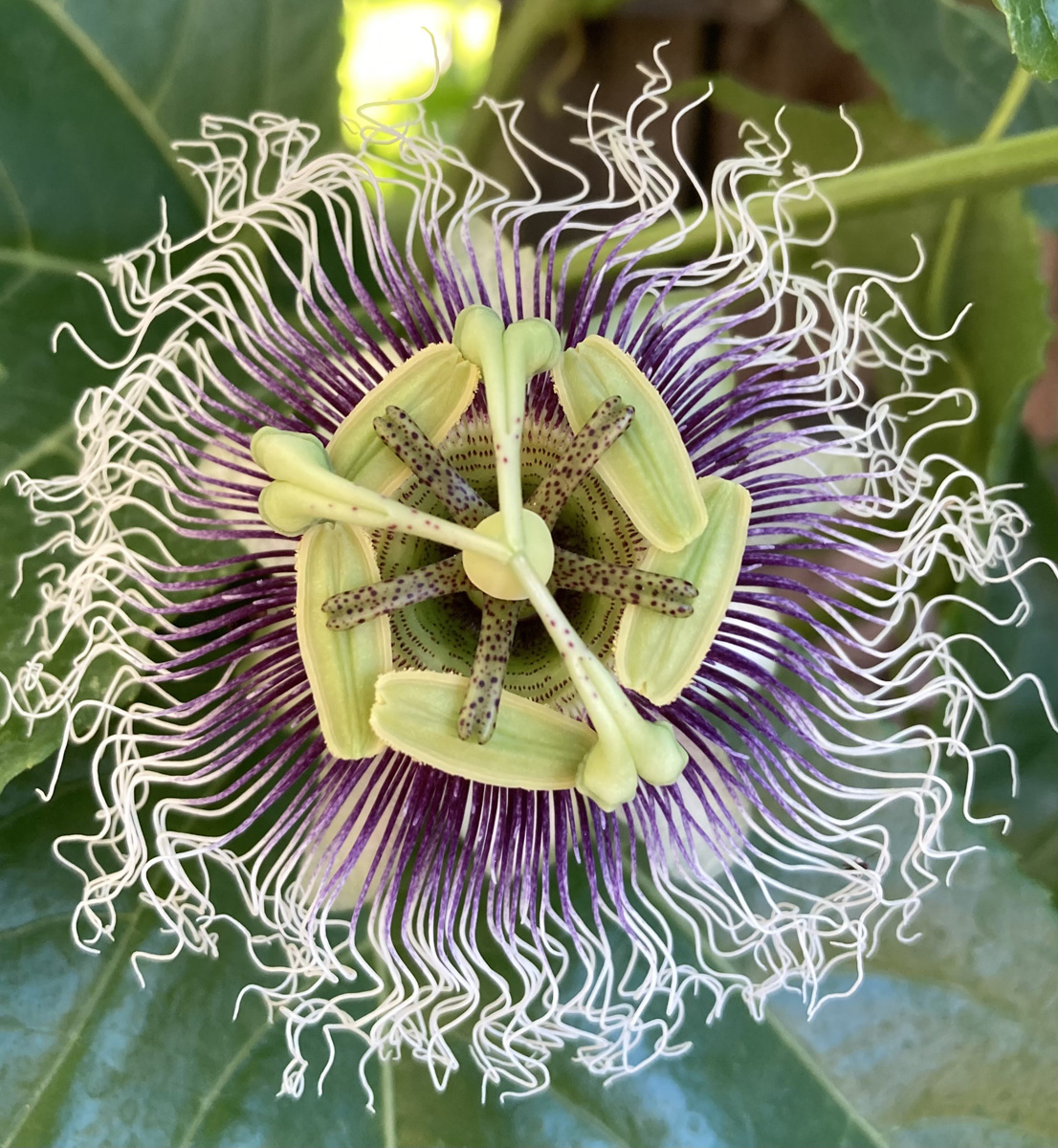



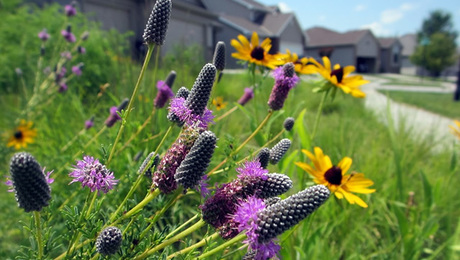













Comments
Log in or create an account to post a comment.
Sign up Log in